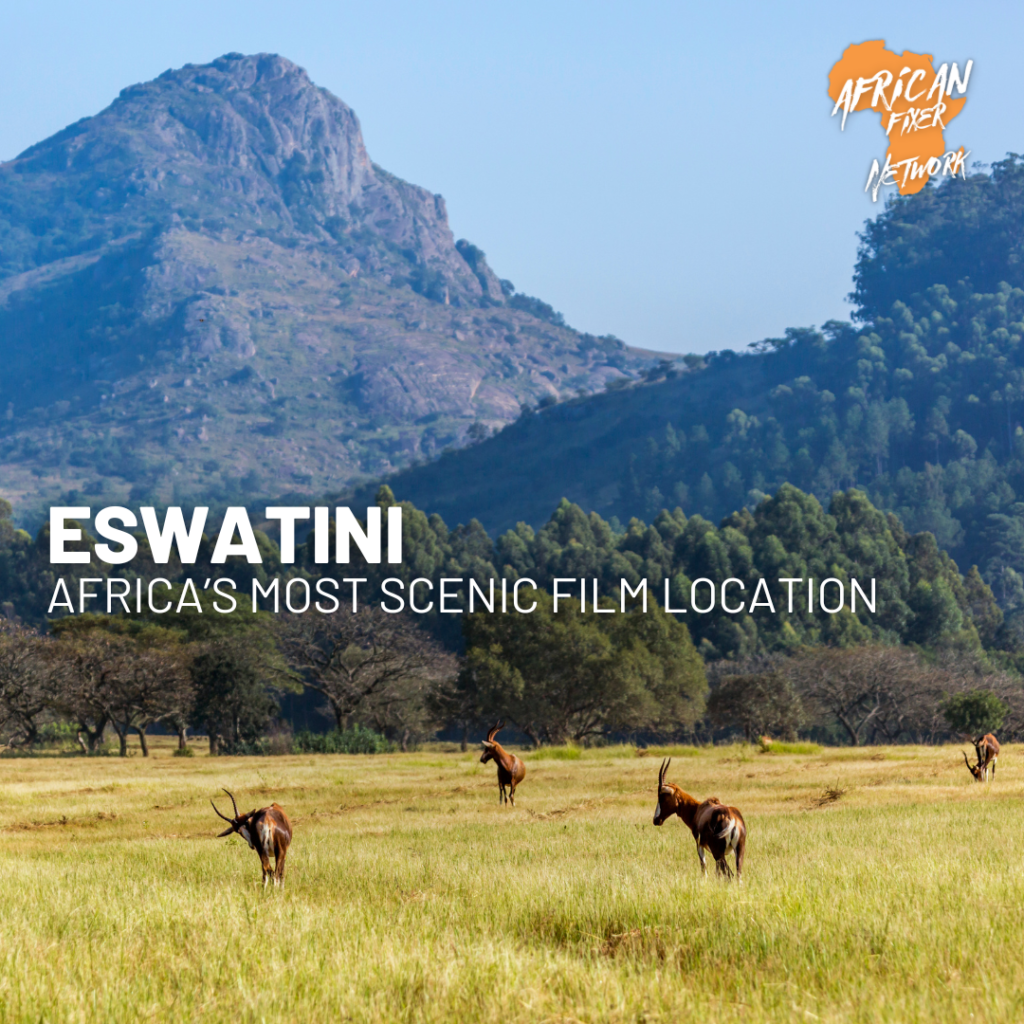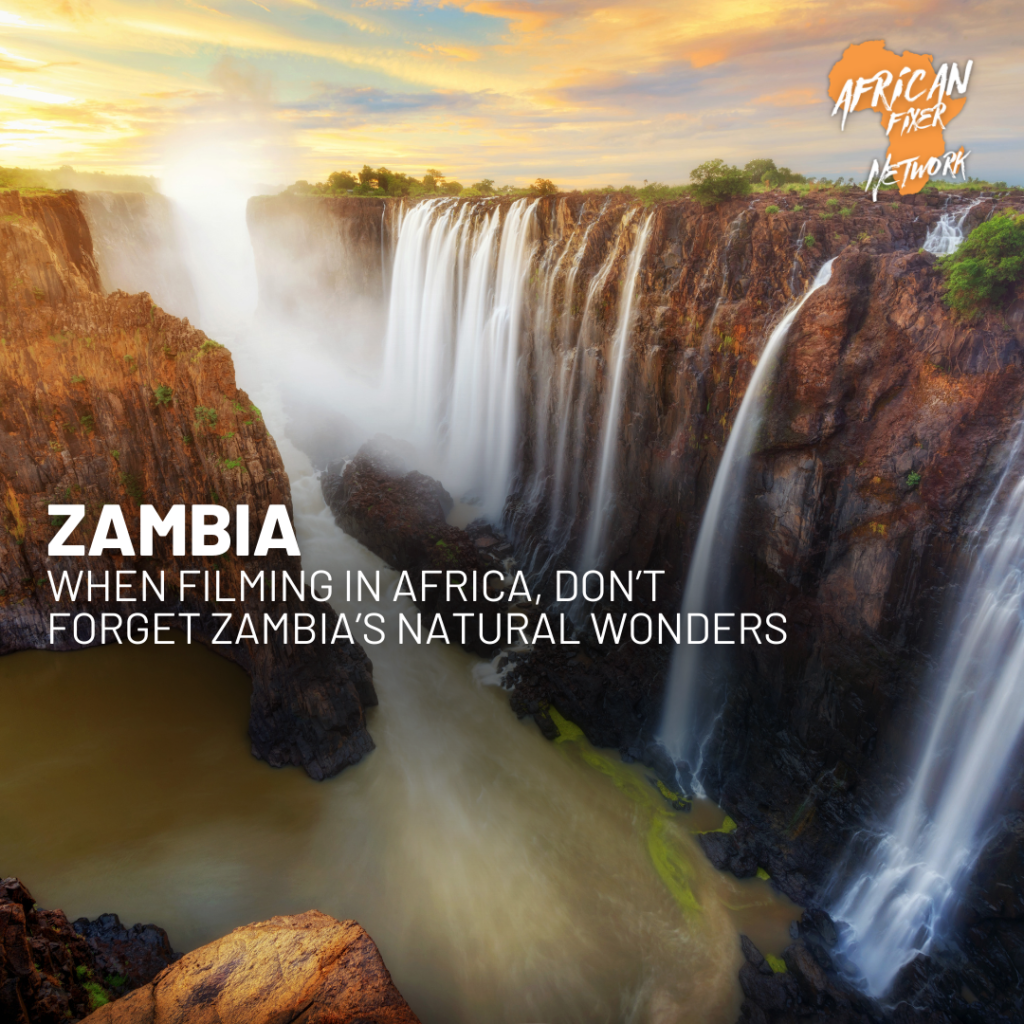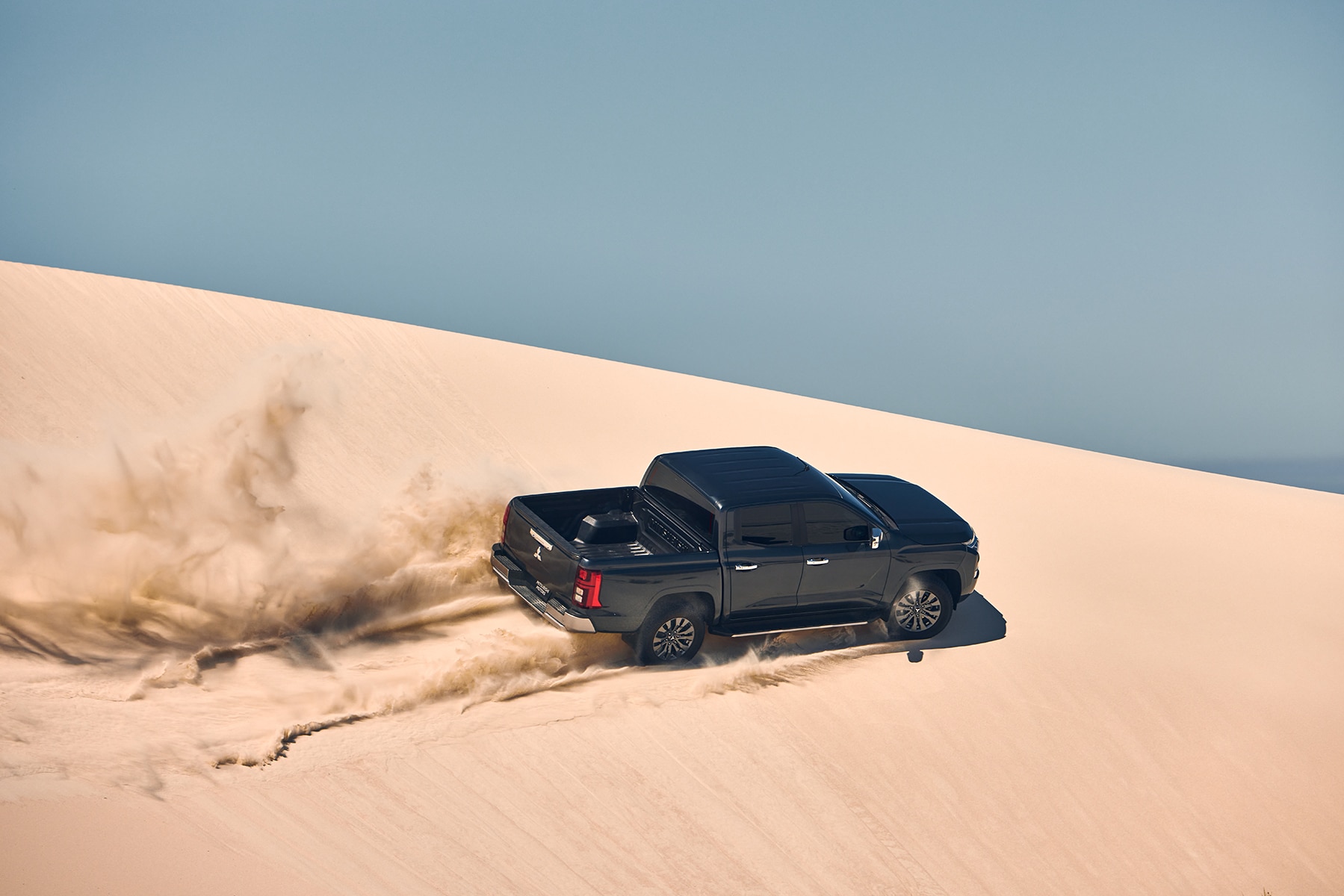
Namibia is an often overlooked location for film productions, yet it has a beautiful and rugged landscape, with exceptional and unique scenery as well as much of the wildlife you would find in some of the better known African countries, such as elephants, the “Big Five”, and a wealth of bird life, marine life and flora and fauna.
Namibia’s unique landscape of desert dunes meeting the Atlantic coastline make for an amazingly distinctive background for many film productions as well as documentaries. The country has a varied history with influences from the Dutch and German colonials as well as the rich cultures of the San, Ovambo and Himba tribes, just to name a few. Navigating Namibia is quite easy with a good road network and air travel routes as well as English being quite commonly spoken in urbanized areas.
Namibia is located on the West coast of Southern Africa, and often missed as a beautiful and enchanting filming location with solid infrastructure in place for sophisticated film production. The country’s location allows for a wide range of options from heritage sites namely Twyfelfontein home to the largest concentrations of rock engravings in Africa and Namib Sand Sea which is the only coastal desert in the world having comprehensive dune fields affected and shaped by fog.
Namibia also has rugged coastlines, national parks, urban landscapes and large industry and manufacturing. The country can be divided into 3 regions: the north, central and the south. These regions include a number of national parks of which are: Bwabwata National Park, Etosha National Park, the Kalahari Desert, Skeleton Coast National Park, Namib-Naukluft National Park, Nkasa Rupara National Park.
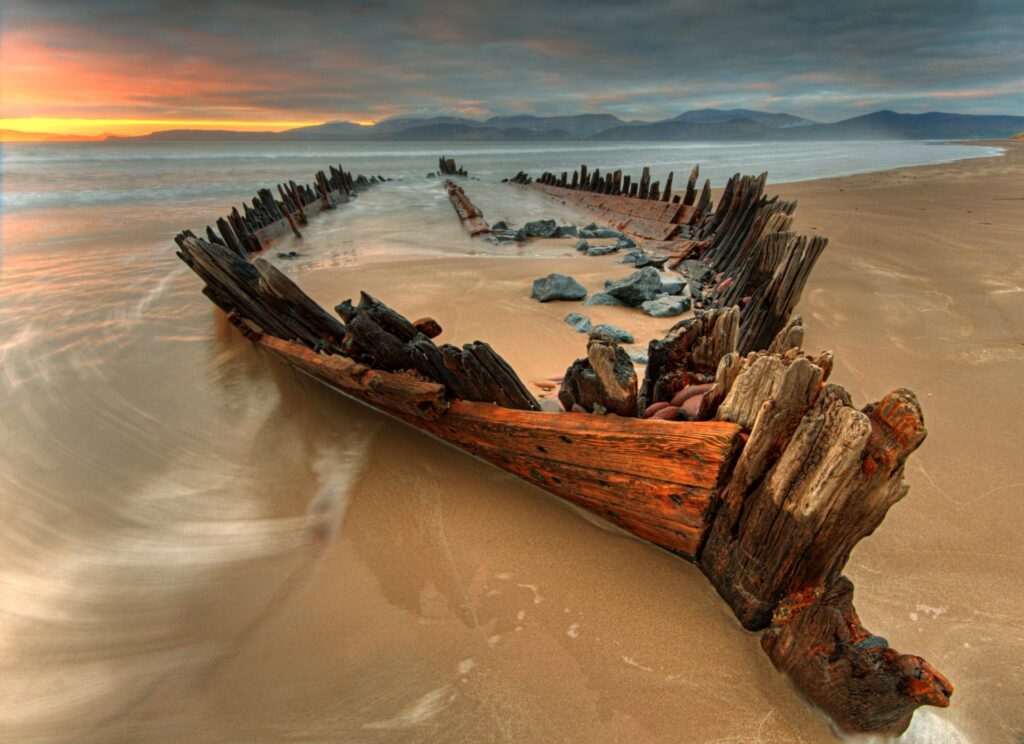
The Regions of Namibia
The north is where the most densely populated areas are. Namibia is known for its coastal and desert landscapes, but also enjoys a wet, tropical climate in the north east towards the Botswana and Zimbabwe borders. Here, as in other large African game parks, elephants, rhinos, zebras, giraffes, wildebeest, hyenas, and lions can be found.
The Atlantic coast is where the sea and the desert converge and these areas are often shrouded in mystery with many shipwrecks along this coastline thus named the Skeleton Coast. This coastline is where the Namib desert is located, and is the oldest desert in the world, dating back at least 55 million years. Filming in this northern region provides beautiful backdrops which include the breath-taking expanse of Epupa Falls and the wonderful hues of purple and oranges that make up the fiery sunsets and sunrises.
In the Central region, is where the capital, Windhoek, is located. This is where most visitors enter the country and where the parliament and other attractions such as museums are located.
This region, in the east, is also home to the Kalahari desert, as well as Swakopmund with its German colonial roots, and Moon Landscapes nearby. The port of Walvis Bay enjoys dolphins, seal and whale watching as well as a profusion of bird life.
The southern part of Namibia has Namib-Naukluft National Park which enjoys several captivating film locations and Fish River, housing the largest canyon in Africa. Quiver trees grow in this region blooming with bright yellow flowers from June to July and Namibians believe they bring good luck to anyone who worships them. This region also features diamond mining and the famous ghost town of Kolmanskop.
Generally Namibia enjoys sunny days, with an average of 300 days of sun a year. The summer season runs from October to April and flowers bloom in the more arid areas, while the dry winter months running from May to September are warm with cold nights with temperatures dropping below zero. Because the winter is dry, it brings the animals out to gather at watering holes, and for that reason this is the best time for filming wildlife.
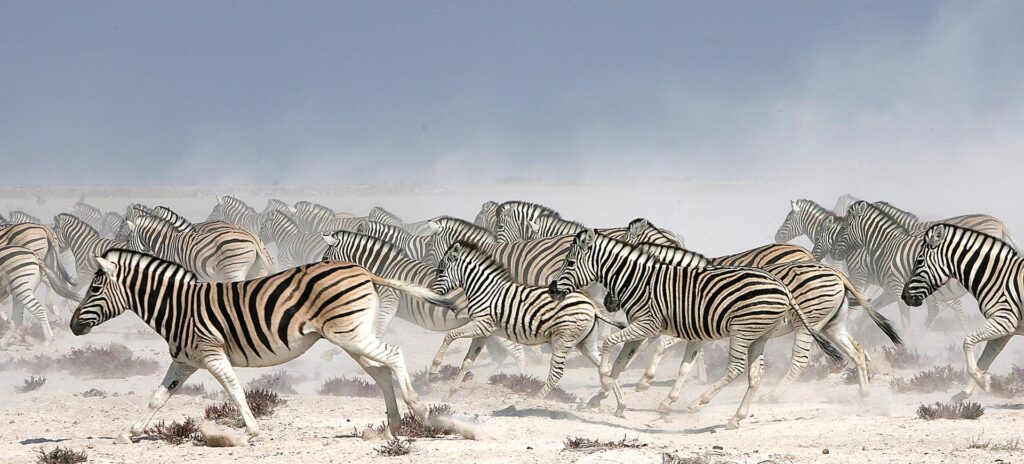
Filming on Location Namibia
The 2015 filming of Mad Max – Fury Road put the spotlight on Namibia as a filming location, and since then the local film industry has also been slowly growing to produce more local content in a space where foreign productions once dominated. Despite this, the Namibian film industry is still considered to be in its infancy primarily due to budget constraints. Namibia is keen to take a more dominant role in the film industry with eager talent looking for investment, and an open-minded approach to film production across the country.
Filming permits need to be sourced a minimum of three weeks before a planned shoot, and this can be done through the Namibia Film Commission.
Special filming needs such as access in some urban areas, public spaces, drone filming, and filming of indigenous people (the San and the Himba) often require additional special permits through the various responsible government ministries.
With the help of African Fixer, these permits can be arranged quite simply, and some additional fees may apply. Work visas or business visas are also necessary to film in Namibia and lists of requirements and documentation are available through the Namibian Ministry of Home Affairs.
Namibian local film talent such as directors, videographers and still photographers are also available, though they make up a small number. For some productions, it is occasionally necessary to bring crew members along from other countries. South Africa, being nearby, is usually the nearest place to source experienced crews from.
As with sourcing crews, equipment is also available in Namibia, though some specialized equipment may have to be brought from South Africa. In terms of importing equipment, Namibia is an ATA carnet country, which means that individuals are permitted duty-free and tax-free temporary import of goods for up to one year. Countries that are ATA carnet members use pre-prepared unified customs declaration forms, which serve as a guarantee to customs duties and taxes.
Namibia is a wonderful destination to consider for a very unique backdrop for film production. It is a film friendly destination with communication and travel around the country being relatively uncomplicated as well as filming permits being straightforward to acquire.
Namibia’s proximity to South Africa makes it quite accessible for film production if specialized crews and equipment need to be imported, and road and air networks make it an easily accessible location.


